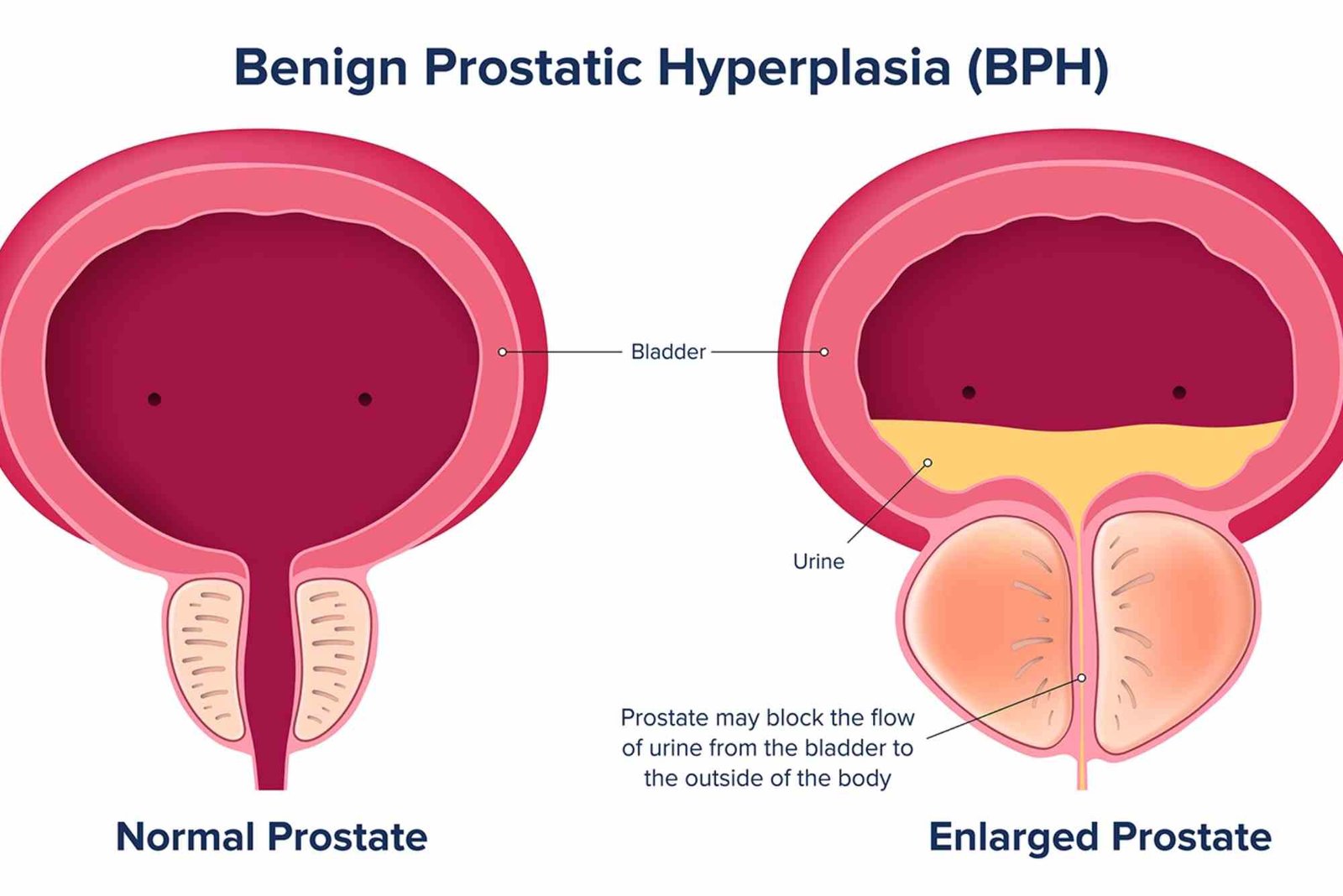Living off the grid offers a unique opportunity for self-sufficiency and sustainability. Building an off-grid house, however, requires careful planning, resource management, and a deep understanding of the environment. This guide walks you through the essential steps to create your off-grid home.
Choosing the Right Location
The first step in building an off-grid house is selecting the ideal location. Consider the following factors:
Climate: Choose a location with a climate that supports your lifestyle and energy needs.
Water Availability: Ensure access to a reliable water source such as a well, stream, or rainwater collection system.
Sunlight and Wind: Adequate sunlight and wind are crucial for generating solar and wind power.
Soil Quality: Good soil quality is essential for growing food and managing waste systems.
Designing an Off-Grid Home
Designing a house for off-grid living involves more than aesthetics. Your design should be energy-efficient and environmentally friendly:
Orientation: Position your house to maximize natural light and heat during the winter months and shade during the summer.
Insulation: Invest in high-quality insulation to reduce energy consumption for heating and cooling.
Ventilation: Proper ventilation is essential to maintain indoor air quality without relying on electricity.
Sustainable Building Materials

Opt for sustainable and locally sourced materials to minimize your environmental impact:
Reclaimed Wood: Recycled wood is an eco-friendly choice for construction.
Natural Stone: Stone is durable, requires minimal maintenance, and blends well with the natural environment.
Straw Bales: Straw bales offer excellent insulation and are a renewable resource.
Powering Your Off-Grid Home
Energy independence is a key aspect of off-grid living. There are several options for generating and storing energy:
Solar Power: Install solar panels to capture sunlight and convert it into electricity. Consider adding a battery storage system to store excess energy for nighttime use.
Wind Turbines: If your location is windy, wind turbines can be an efficient way to generate electricity.
Hydropower: If you have access to a flowing water source, micro-hydro systems can provide consistent power.
Water Management Systems

Reliable water supply and waste management are essential for off-grid living:
Rainwater Harvesting: Collect and store rainwater for household use. Install a filtration system to ensure the water is safe to drink.
Wells: Drilling a well can provide a consistent water supply, but ensure the groundwater is safe and sustainable.
Greywater Systems: Recycle water from sinks, showers, and washing machines for irrigation.
Waste Management
Off-grid living requires a responsible approach to waste management:
Composting Toilets: Composting toilets break down waste into compost that can be used in your garden.
Septic Systems: If you have the space, a septic system can be an effective way to manage waste.
Recycling and Composting: Set up a recycling and composting system to minimize waste.
Food Production and Storage
Growing your food is a rewarding part of off-grid living:
Gardening: Start a vegetable garden to grow your produce. Use companion planting techniques to enhance growth and deter pests.
Greenhouses: Extend your growing season with a greenhouse. This is especially useful in colder climates.
Preservation: Learn food preservation techniques such as canning, drying, and fermenting to store food for the winter months.
Heating and Cooling Systems
Maintaining a comfortable temperature in your home is crucial:
Wood Stoves: A wood stove provides heat and can also be used for cooking.
Solar Heating: Use solar thermal panels to heat water and provide space heating.
Passive Cooling: Design your home to take advantage of natural breezes and shade to stay cool in the summer.
Communication and Connectivity
While living off the grid, staying connected is still possible:
Satellite Internet: Satellite services provide internet access in remote areas.
Ham Radio: Ham radios are a reliable communication tool, especially in emergencies.
Mobile Hotspots: If you’re within range of a cell tower, a mobile hotspot can provide internet access.
Security and Safety
Ensure your off-grid home is secure and safe:
Fencing: Install fencing to keep out wildlife and trespassers.
Alarm Systems: Solar-powered security systems can protect your home without relying on the grid.
Fire Safety: Keep fire extinguishers and install smoke detectors powered by batteries or solar energy.
Building an off-grid house is a significant undertaking, but with careful planning and the right resources, it can be a rewarding experience. By focusing on sustainability, energy efficiency, and self-sufficiency, you can create a home that not only meets your needs but also respects the environment. Whether you’re seeking independence or a closer connection to nature, living off the grid offers a unique way of life.




